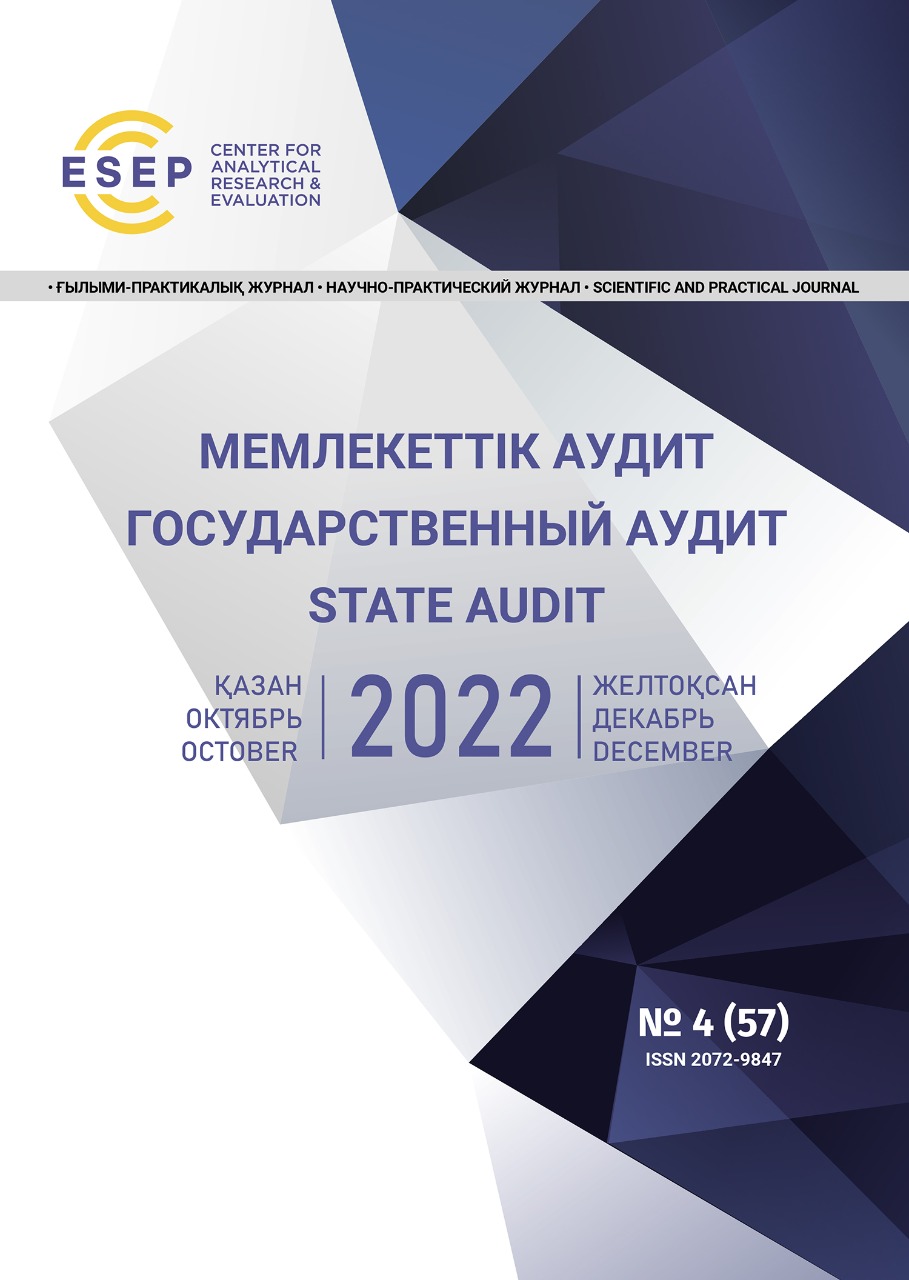Abstract
The expenditures of budgetary funds for the digitalization of the country are analyzed. Over the past 8 years (since the creation of accounting for data on information systems govarch.kz), 578 information systems have been developed, for which more than 400 billion tenge has been spent.
The lack of a clear understanding of the need for certain information systems, non-transparent pricing and closed procurement procedures have become the reasons that a third of them are recognized as unclaimed (178 out of 578) and recommended for write-off.
The main problem is related to state planning. It is based on formal indicators that led to the financing of projects not related to the IT industry.
The current regulation of the purchase of intellectual property has led to the monopolization of the market.
The domestic developer market is concentrated in the hands of five quasi-state companies, which received more than 50% of the funds.
Customers of the quasi-public sector independently determine the cost of IT developments; they do not need the conclusion of an authorized body. As a result, the difference in prices for programs of the same type, both within the quasi-public sector and in comparison with government agencies, reaches tens of billions of tenge.
At the same time, digitalization does not always give the proper economic effect.
The public sector, in order to hide the overestimation of the cost of work, uses a closed chipboard format. The analysis showed that with open procurement, similar works are much cheaper.
The current practice of pricing and purchasing work on the development of information systems, due to high affiliation, gives rise to corruption risks of overpricing, inconsistency of the IT product, the acquisition of existing programs under the guise of new developments, unnecessary or duplicate systems.
